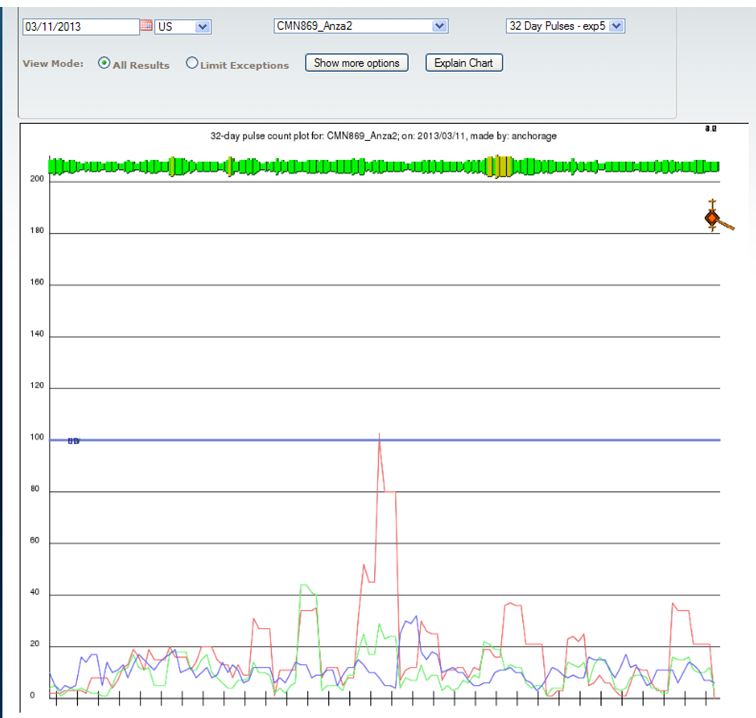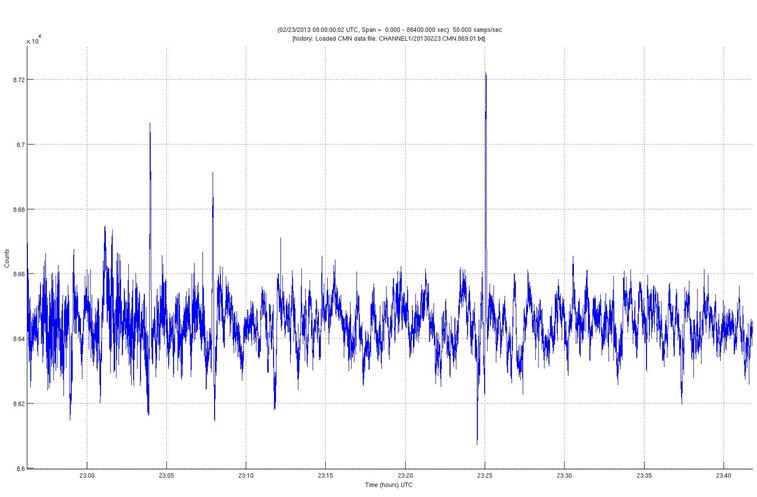ExtremeTech article on QuakeFinder
There was a recent article in “ExtremeTech” about QuakeFinder where they captured the essence of what QuakeFinder is all about. If you are just starting to learn about QuakeFinder, this is a must read!
Check out Quakefinder article at ExtremeTech.com


